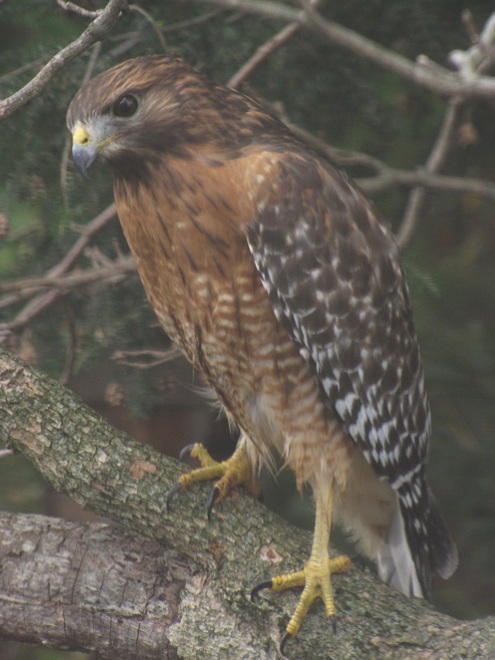
Photo of the Day…Again


LIFE IN THE LOWER SUSQUEHANNA RIVER WATERSHED
A Natural History of Conewago Falls—The Waters of Three Mile Island

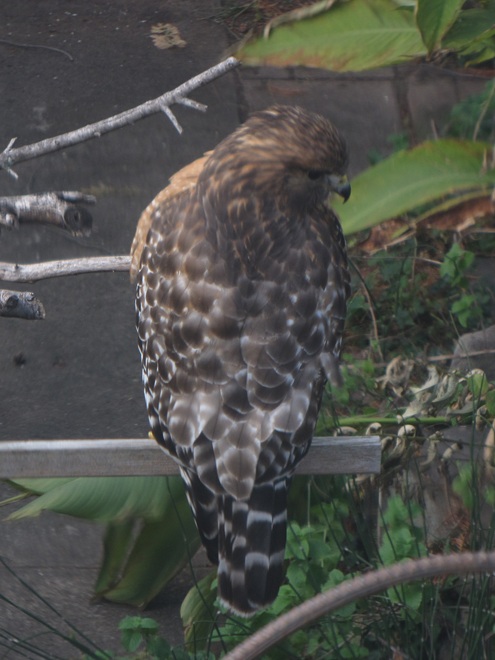
Those cold, blustery days of November can be a real downer. But there’s a silver lining to those ominous clouds, and it comes with the waves of black and mostly dark-colored migrants that stream down the ridges of the Lower Susquehanna River Watershed on their way south at this time of year.
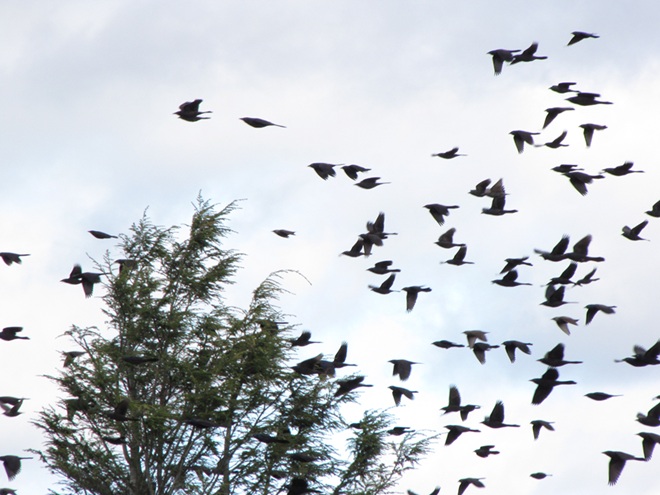
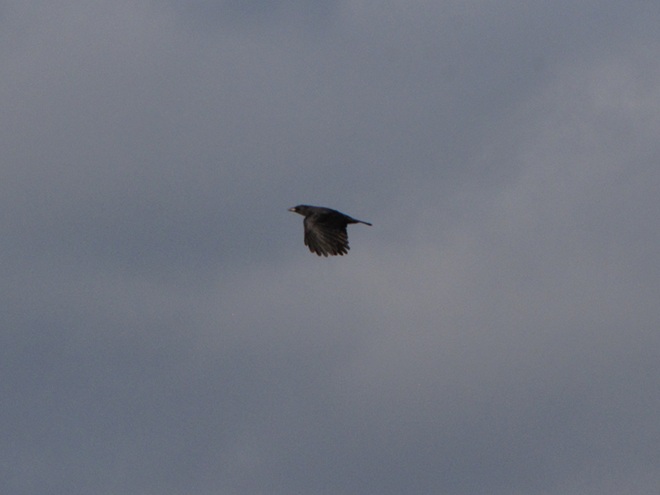
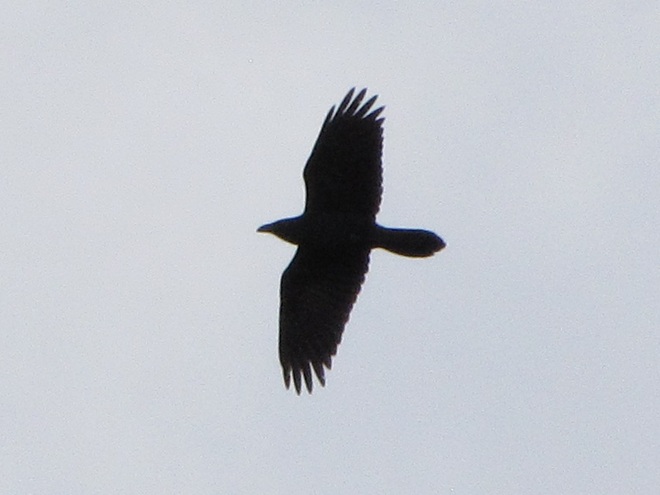
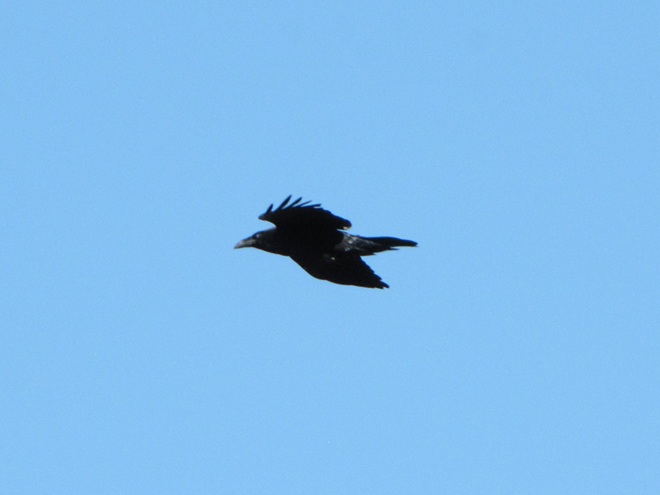
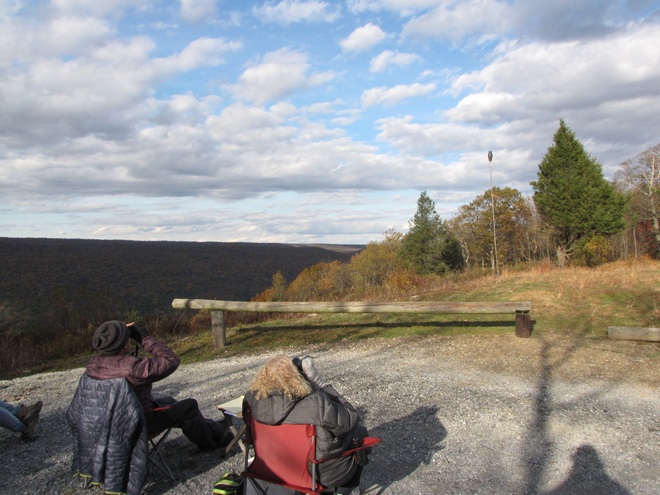
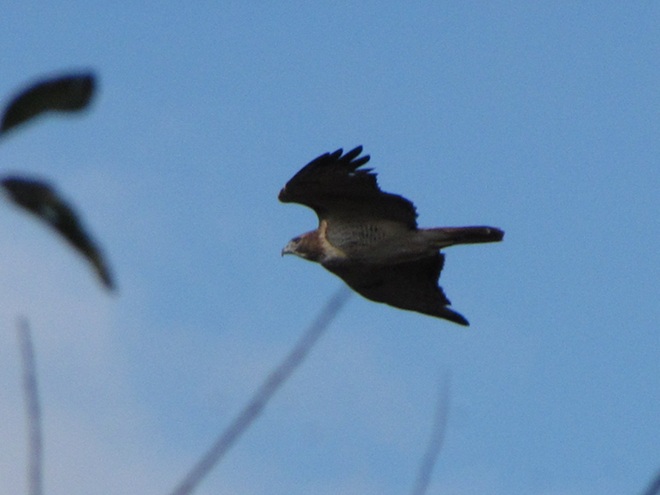
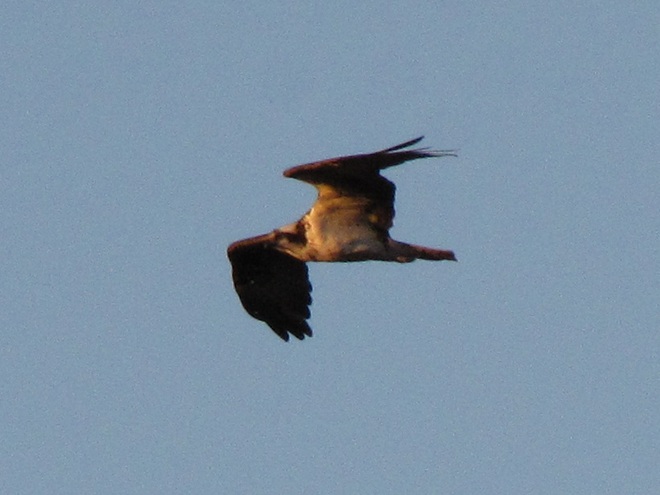
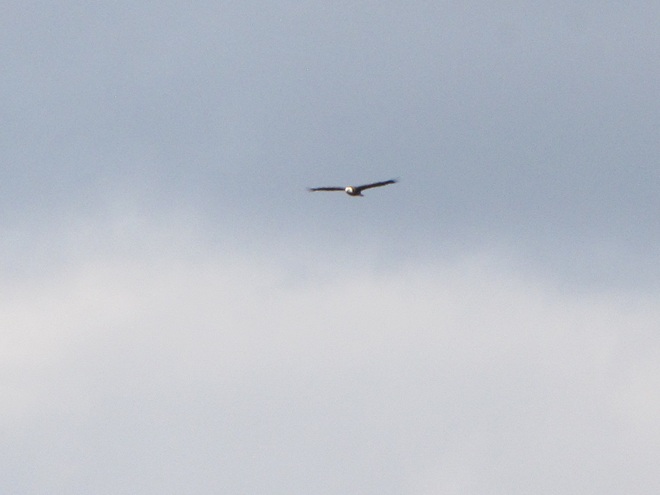
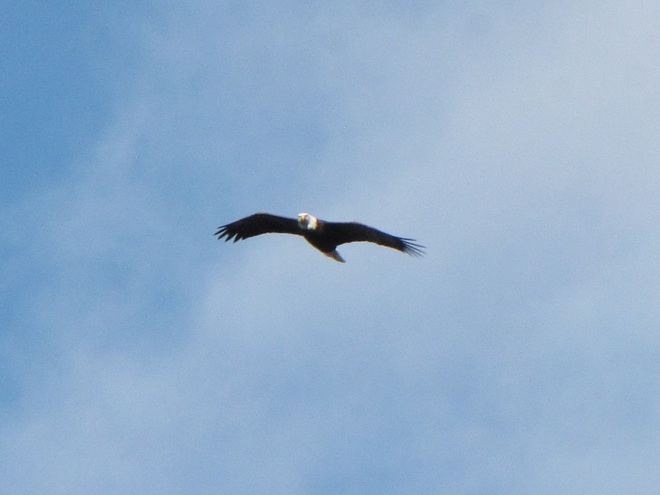

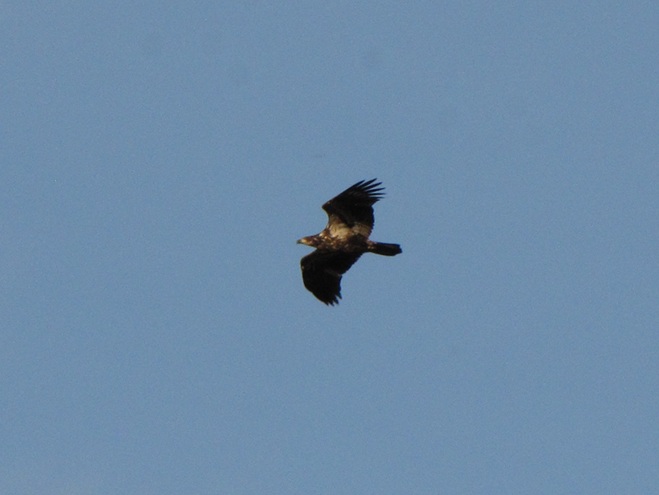
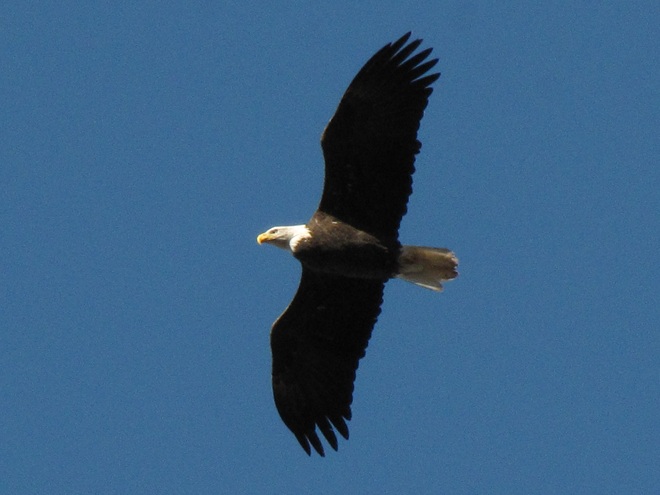

For more information on regional hawkwatching sites and raptor identification, click the “Hawkwatcher’s Helper: Identifying Bald Eagles and other Diurnal Raptors” tab at the top of this page. And for more on Golden Eagles specifically, click the “Golden Eagle Aging Chart” tab.
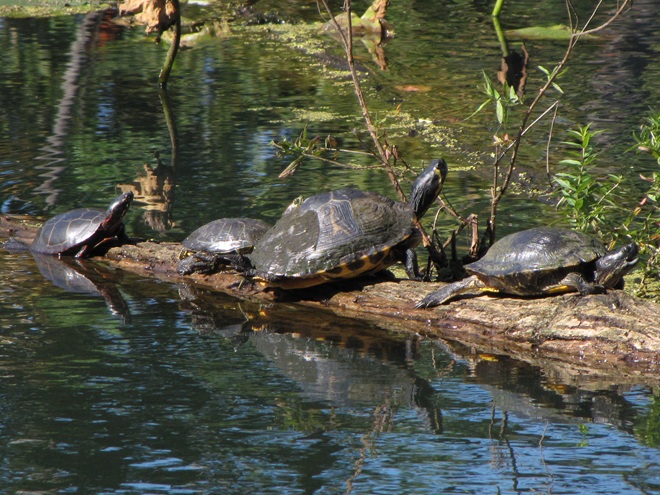
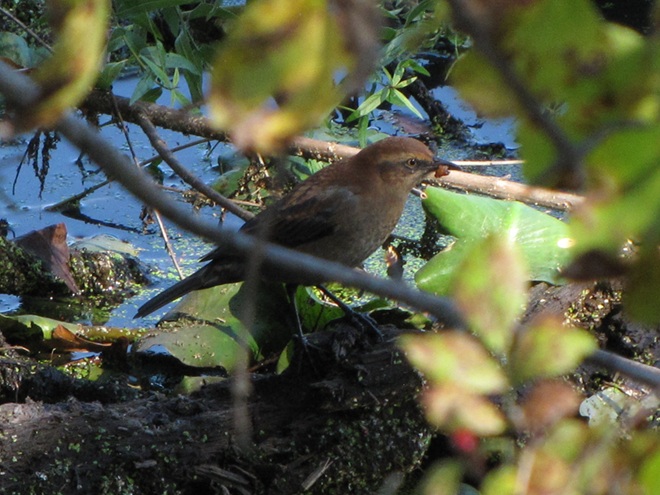
Having experienced our first frost throughout much of the lower Susquehanna valley last night, we can look forward to seeing some changes in animal behavior and distribution in the days and weeks to come. Here are a few examples…
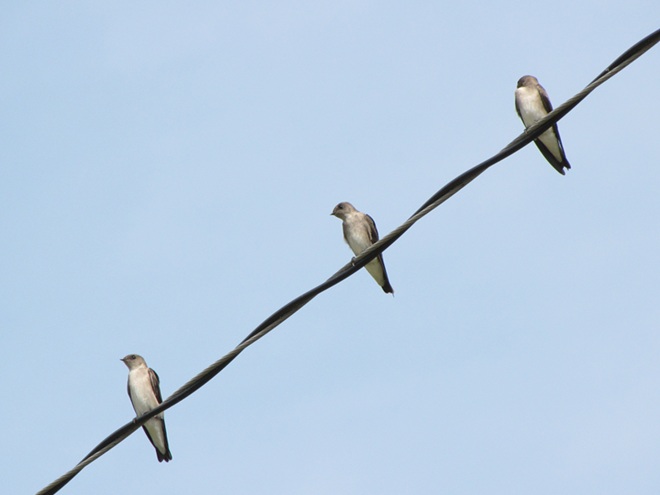
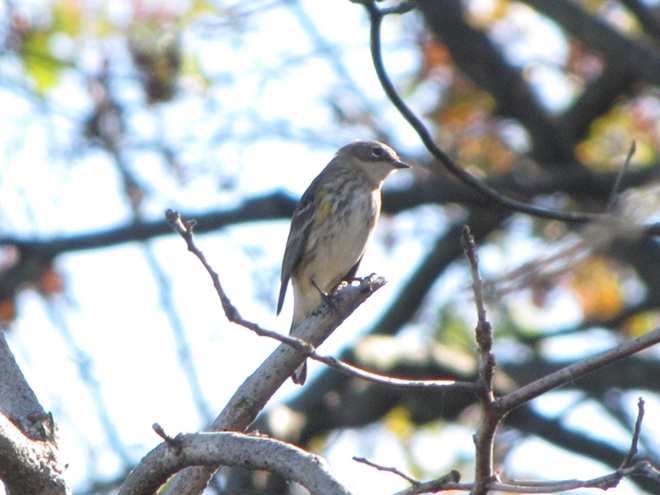
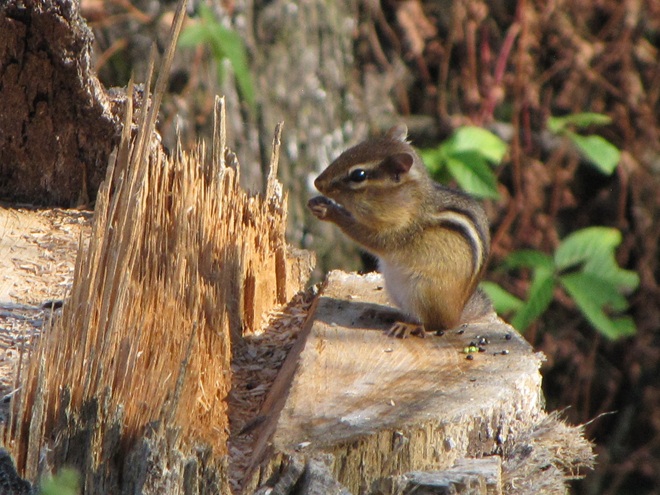
Less than ideal flying conditions can cause some of our migrating birds to make landfall in unusual places. Clouds and gloom caused a couple of travelers to pay an unexpected visit to the headquarters garden earlier today.
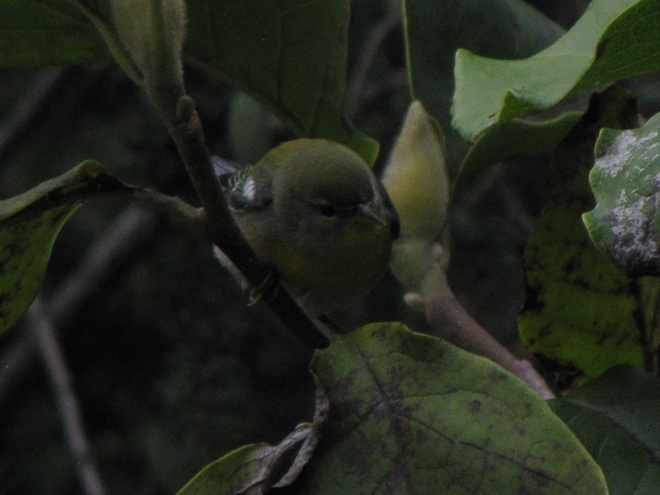
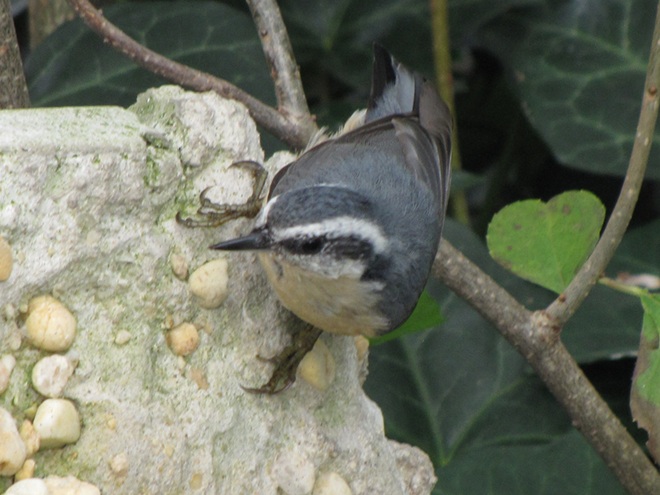
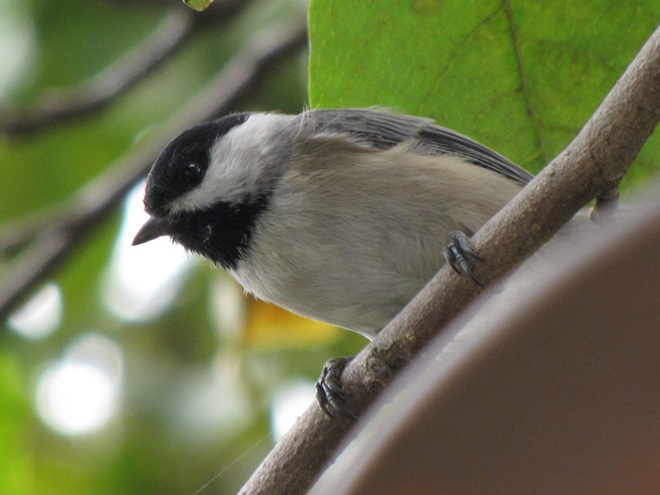
Be sure to keep an eye open for visiting migrants in your favorite garden or park during the overcast and rainy days ahead. You never know what might drop by.
Crisp cool nights have the Neotropical birds that visit our northern latitudes to nest during the summer once again headed south for the winter.
Flying through the night and zipping through the forest edges at sunrise to feed are the many species of migrating vireos, warblers, and other songbirds.




As the nocturnal migrants fade into the foliage to rest for the day, the movement of diurnal migrants picks up the pace.




To find a hawk-counting station near you, check out our “Hawkwatcher’s Helper: Identifying Bald Eagles and other Diurnal Raptors” page by clicking the tab at the top of this page. And plan to spend some time on the lookout during your visit, you never know what you might see…

Chilly nights and shorter days have triggered the autumn migration of Neotropical birds. You may not have to go far to see these two travelers. Each is a species you may be able to find migrating through your neighborhood.
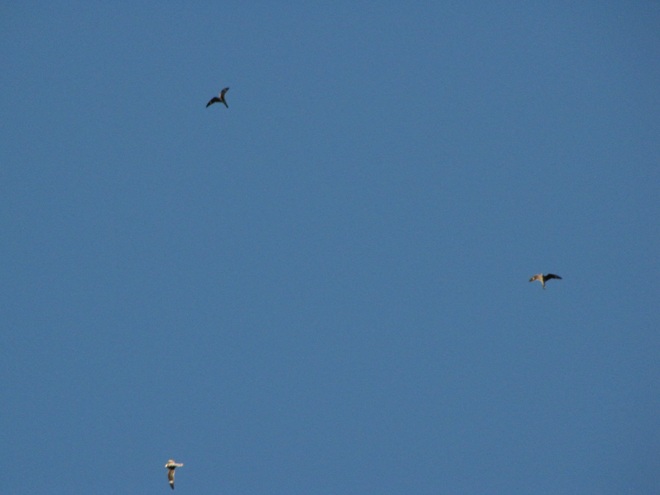
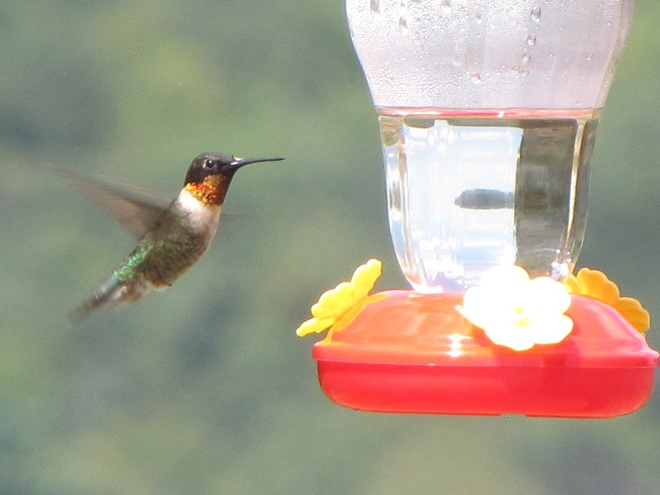
It may seem hard to believe, but the autumn migration of shorebirds and many Neotropical songbirds is now well underway. To see the former in what we hope will be large numbers in good light, we timed a visit to the man-made freshwater impoundments at Bombay Hook National Wildlife Refuge near Smyrna, Delaware, to coincide with a high-tide during the mid-morning hours. Come along for a closer look…
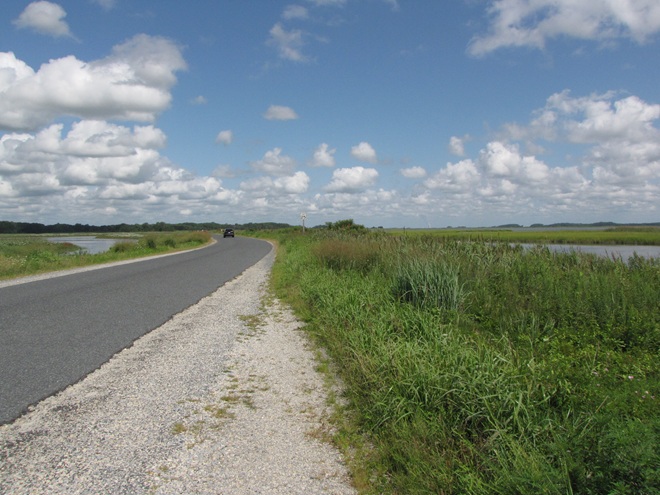
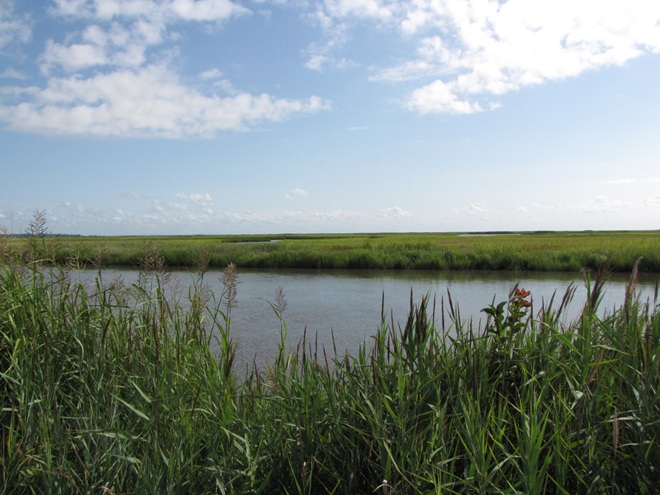
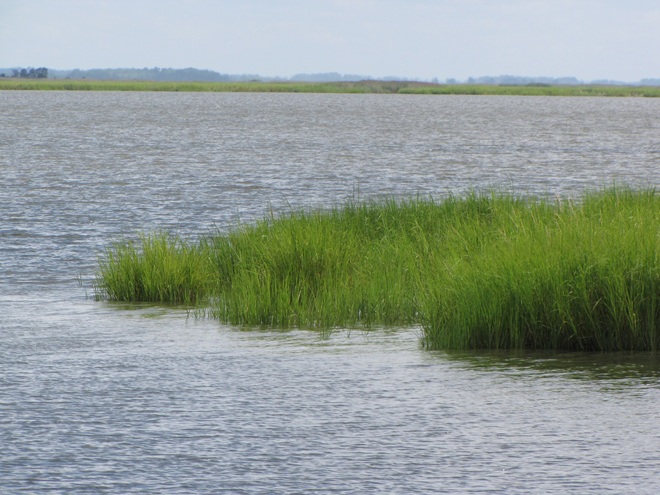
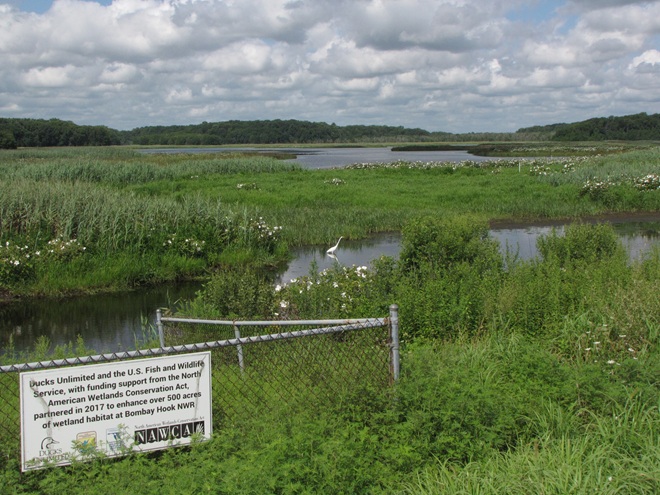
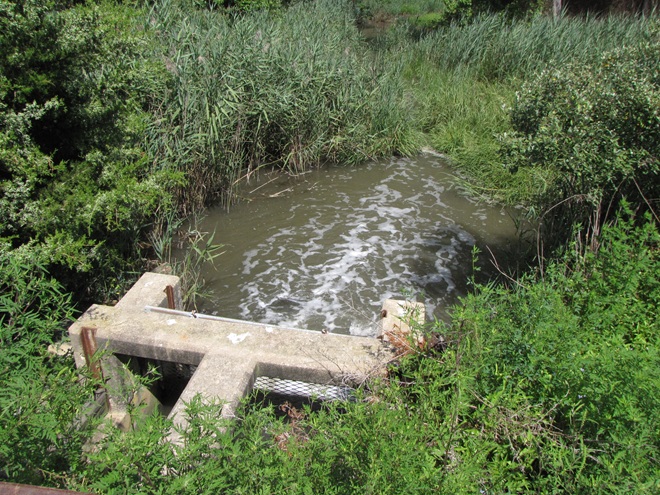
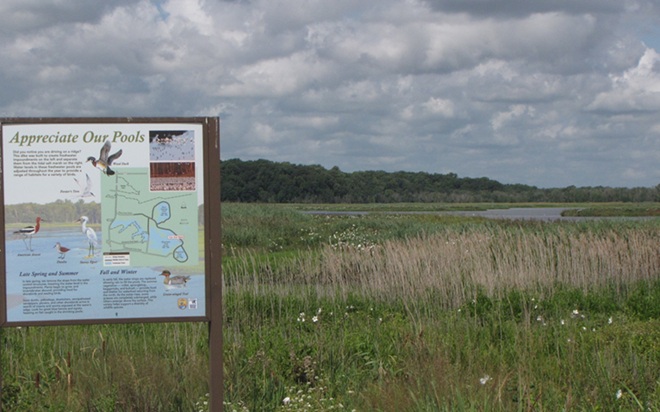
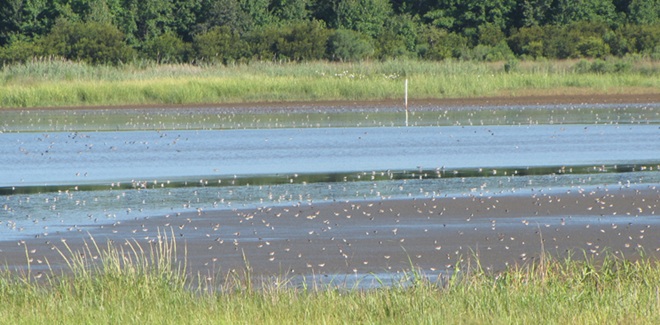
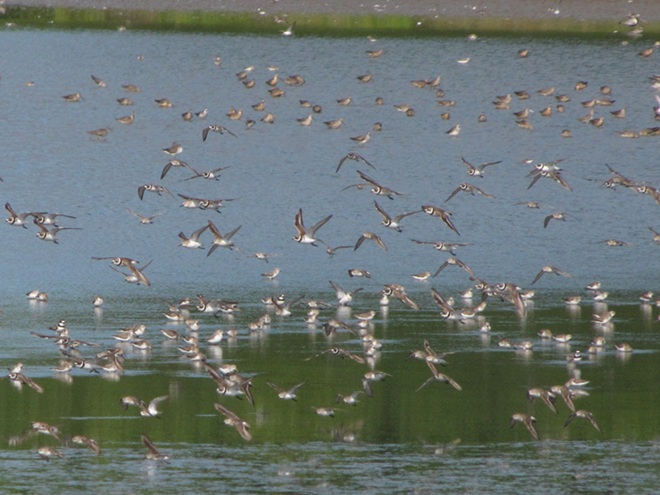
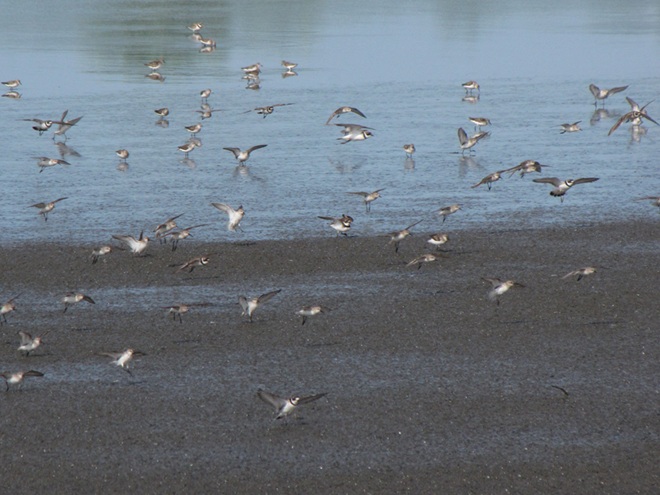
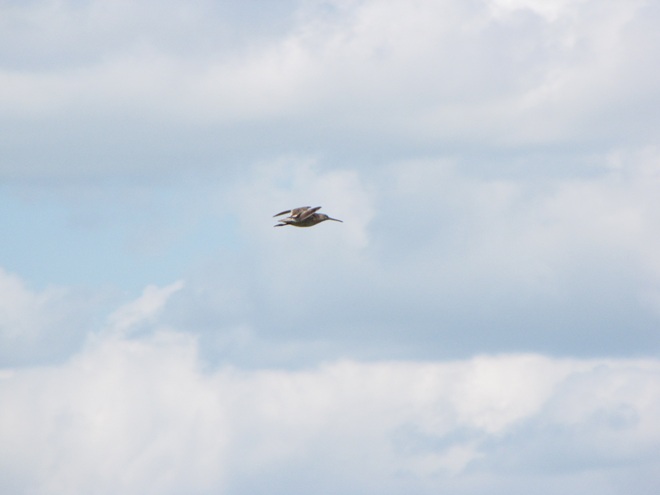
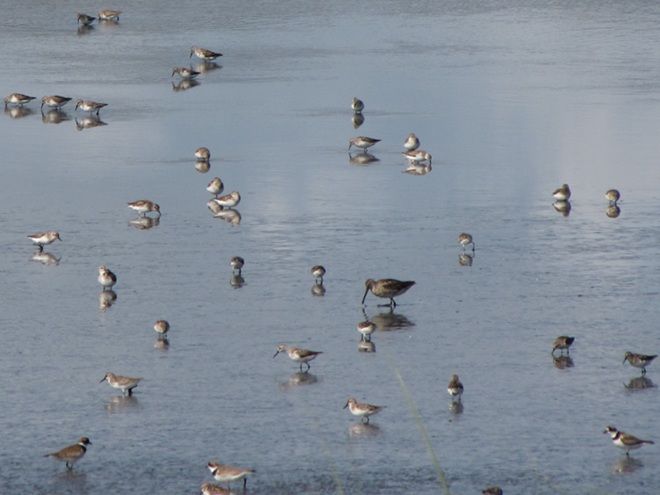
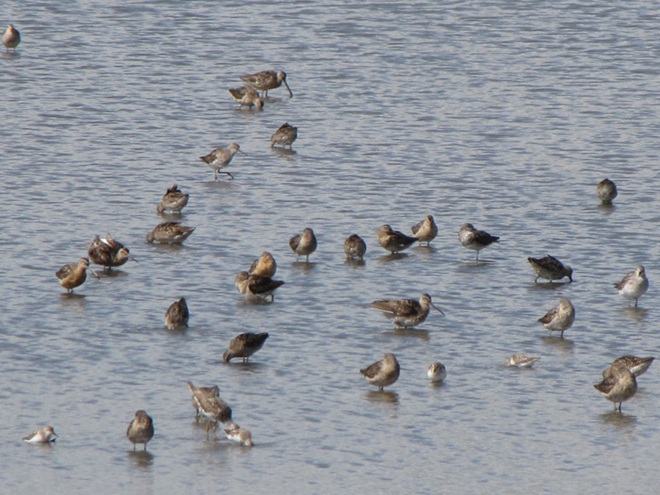
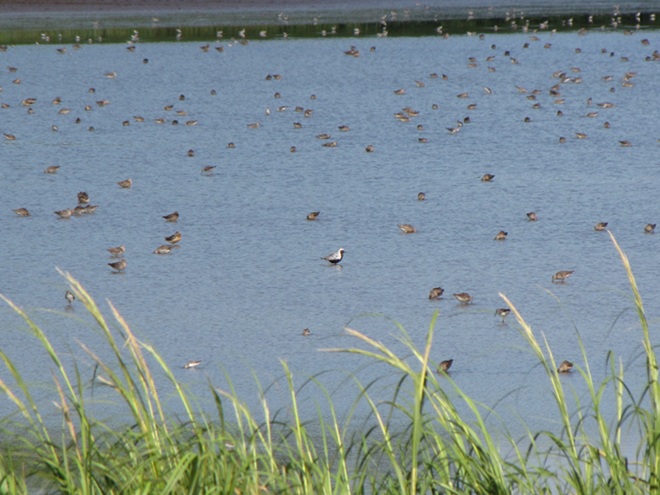
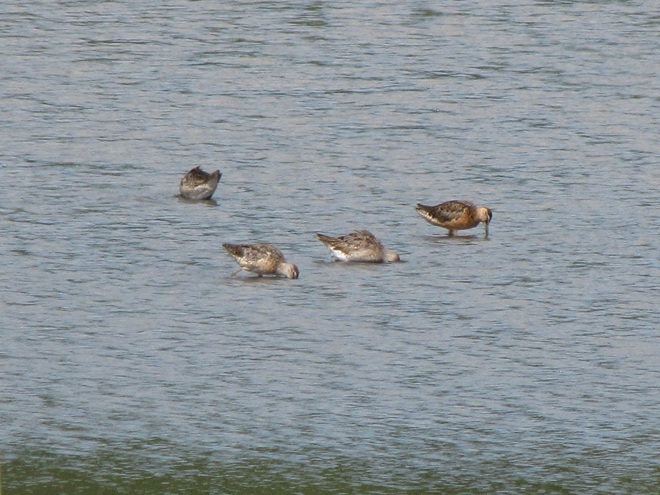
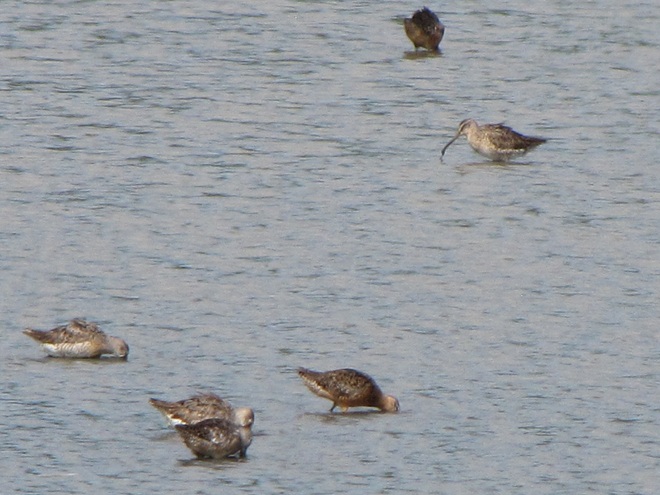
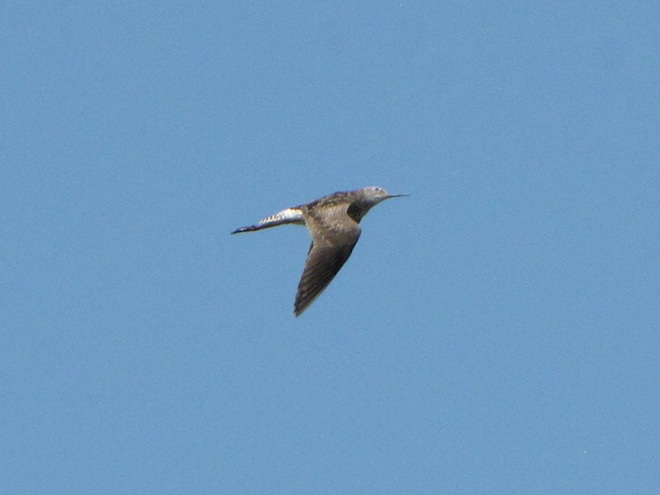
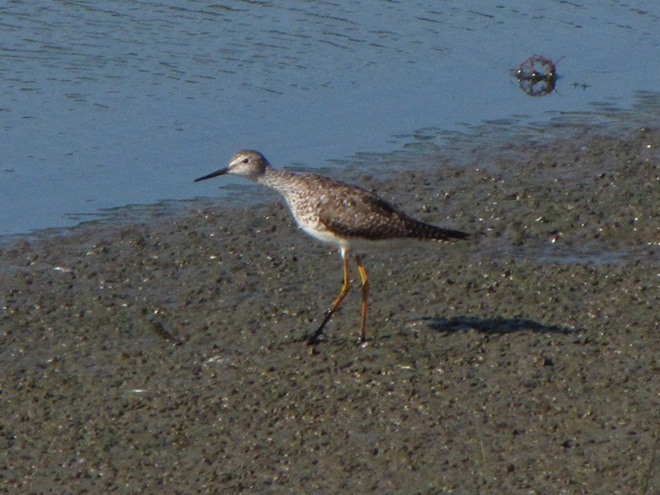
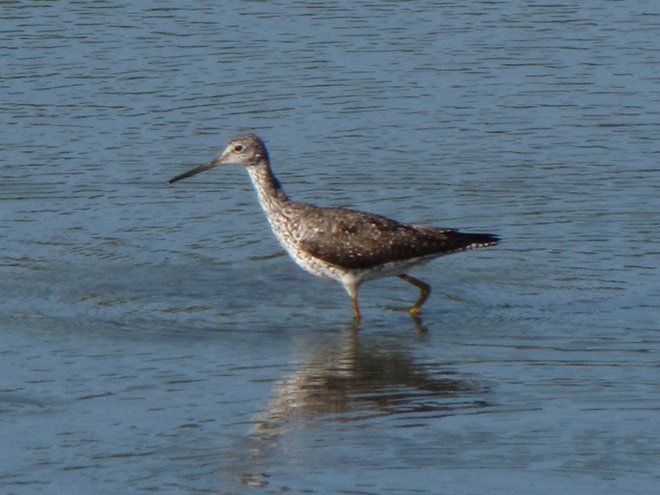
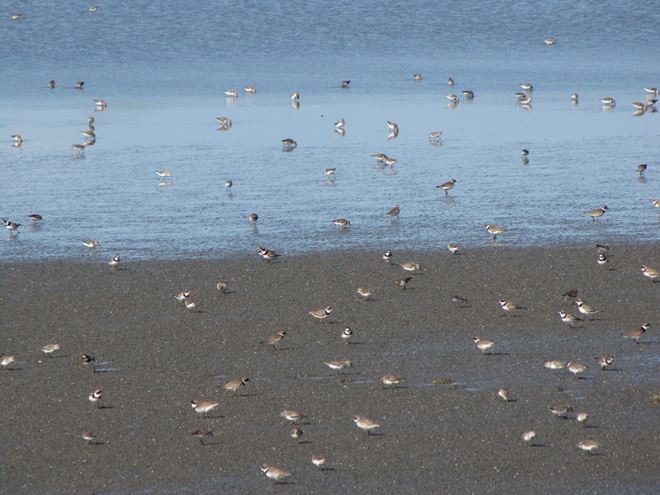
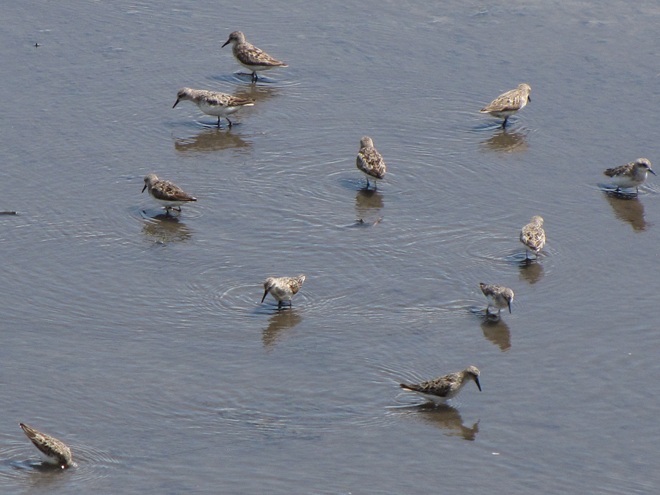
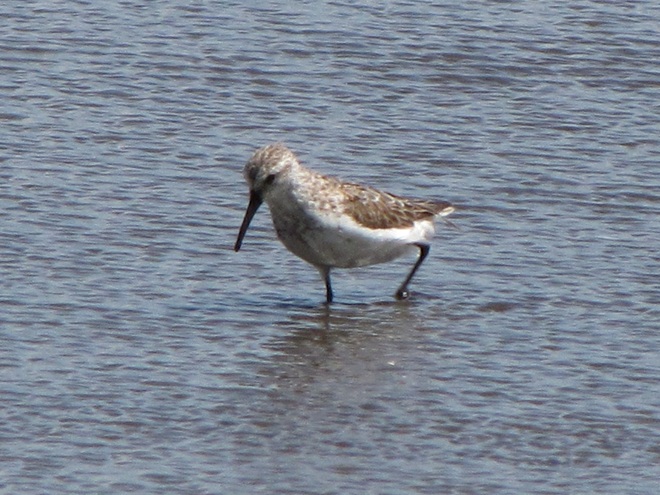
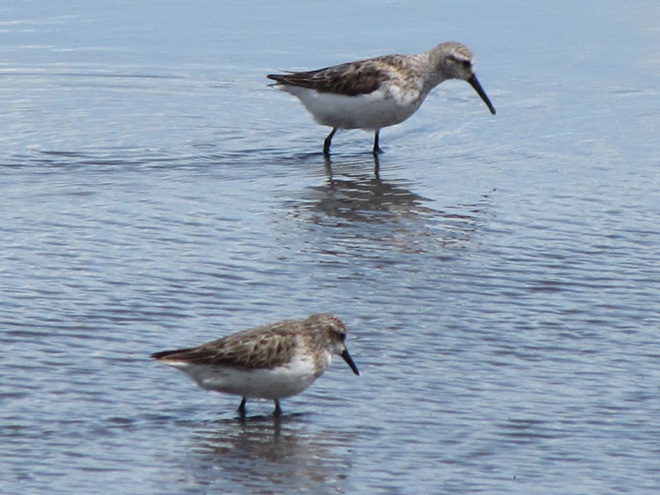
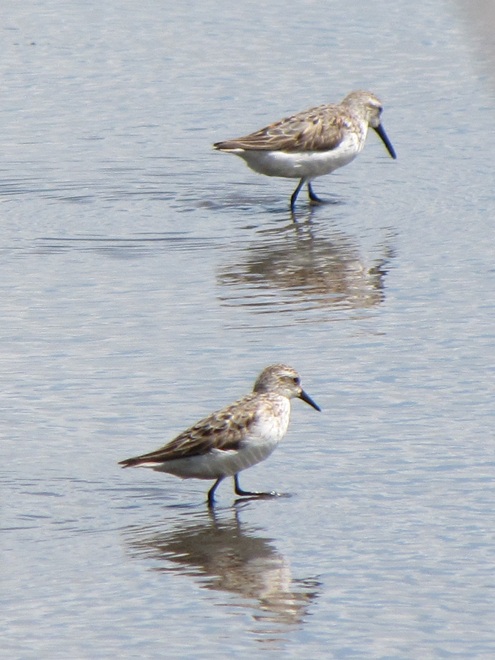
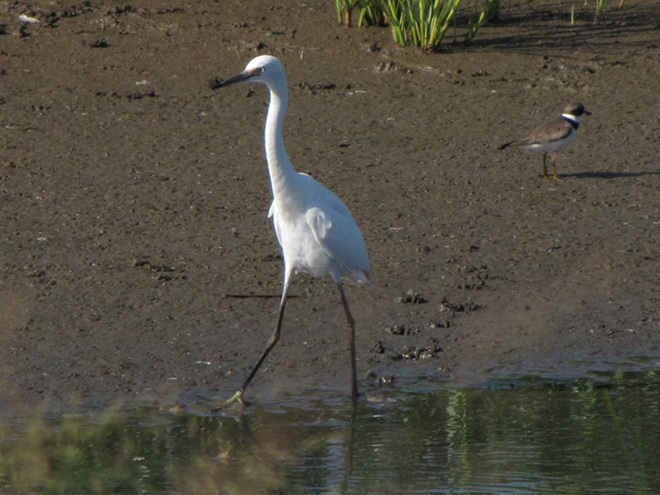
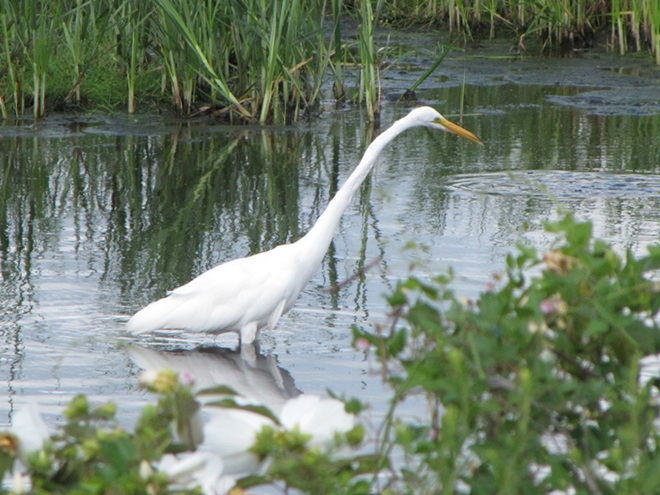
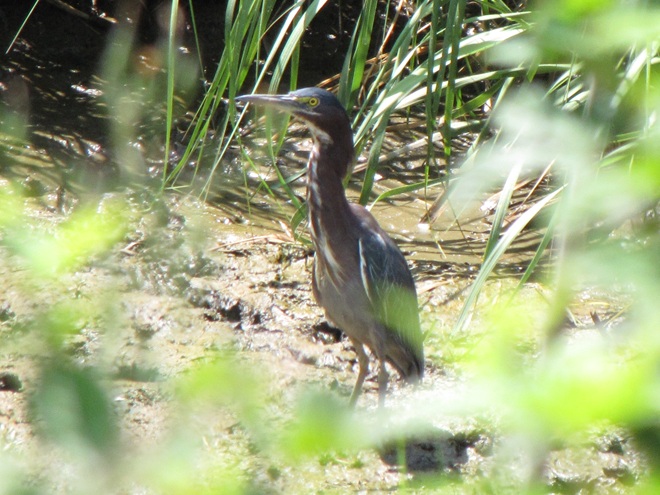
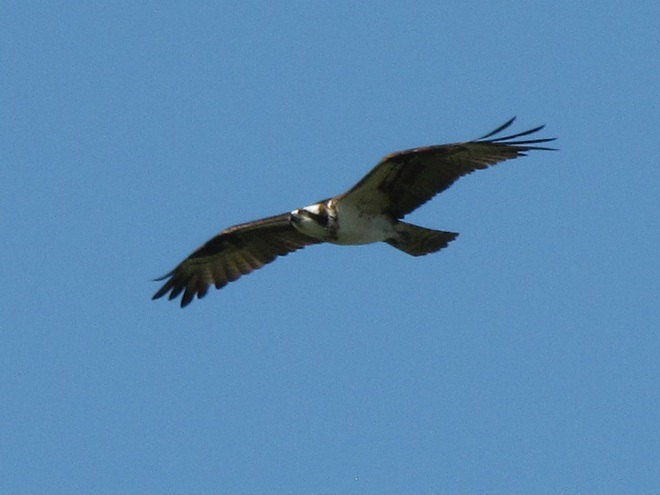
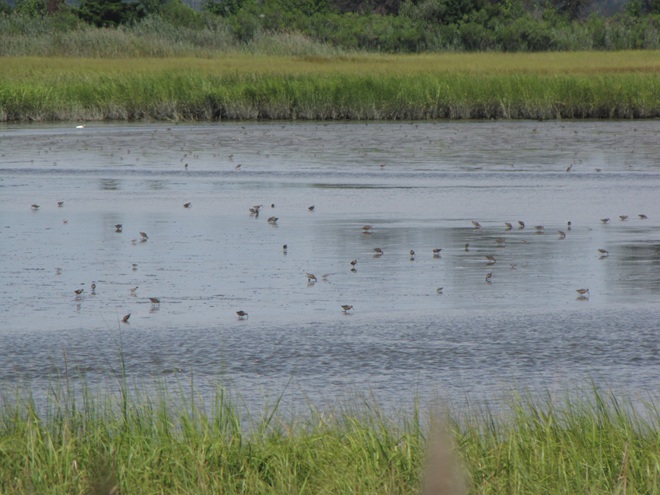
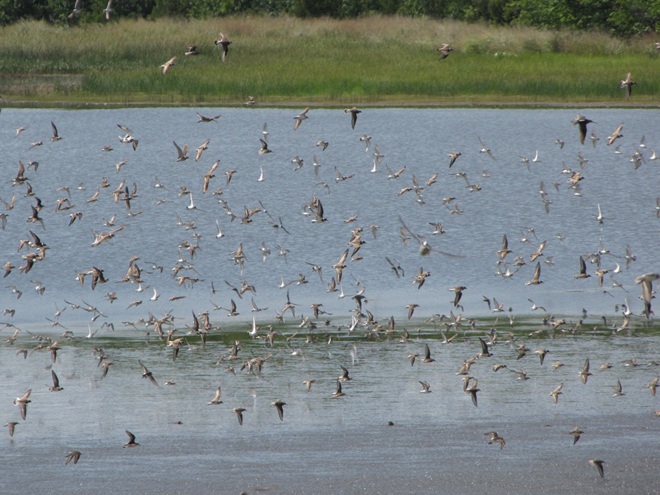
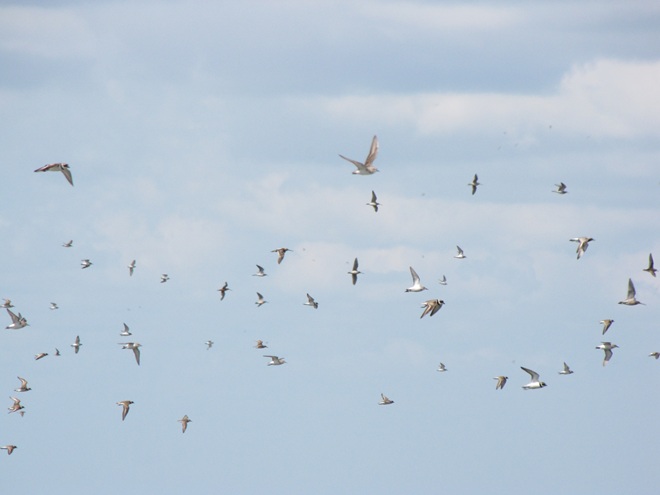
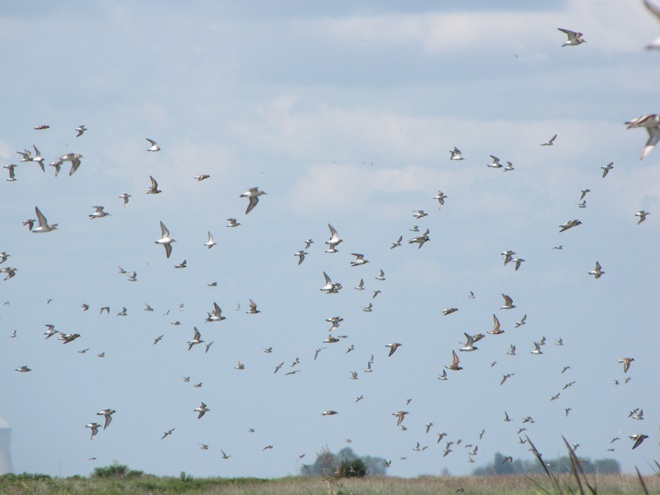
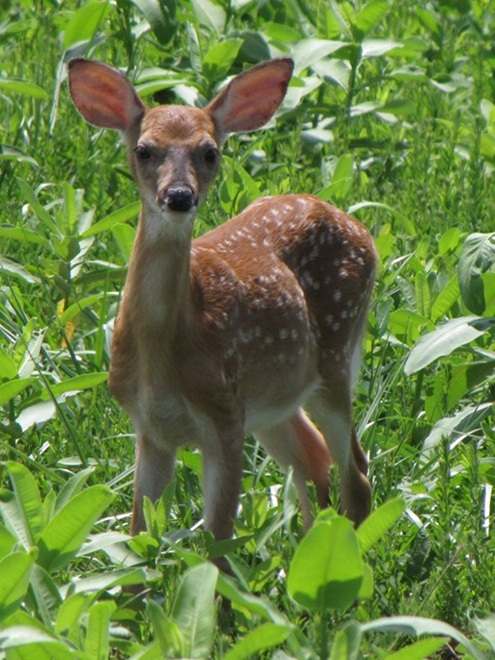
Planning a visit? Here are some upcoming dates with morning high tides to coax the birds out of the tidal estuary and into good light in the freshwater impoundments on the west side of the tour road…
Tuesday, August 19 at approximately 07:00 AM EDT
Wednesday, August 20 at approximately 08:00 AM EDT
Thursday, August 21 at approximately 09:00 AM EDT
Friday, August 22 at approximately 10:00 AM EDT
Saturday, August 23 at approximately 11:00 AM EDT
It begins on a sunny morning in spring each year, just as the ground temperature reaches sixty degrees or more…








Of course, termites aren’t the only groups of insects to swarm. As heated runoff from slow-moving thundershowers has increased stream temperatures during the past couple of weeks, there have occurred a number of seasonal mayfly “hatches” on the Susquehanna and its tributaries. These “hatches” are actually the nuptial flights of newly emerged imago and adult mayflies. The most conspicuous of these is the Great Brown Drake.

Swarms of another storm-related visitor are being seen throughout the lower Susquehanna valley right now. Have you noticed the Wandering Gliders?



While the heat and humidity of early summer blankets the region, Brood XIV Periodical Cicadas are wrapping up their courtship and breeding cycle for 2025. We’ve spent the past week visiting additional sites in and near the Lower Susquehanna River Watershed where their emergence is evident.
We begin in York County just to the west of the river and Conewago Falls in mostly forested terrain located just southeast of Gifford Pinchot State Park. Within this area, often called the Conewago Hills, a very localized population of cicadas could be heard in the woodlands surrounding the scattered homes along Bull Road. Despite the dominant drone of an abundance of singing Pharaoh Periodical Cicadas, we were able to hear and record the courtship song of a small number of the rare Little Seventeen-year Cicadas. Their lawn sprinkler-like pulsating songs help mate-seeking males penetrate the otherwise overwhelming chorus of the Pharaoh cicadas in the area.

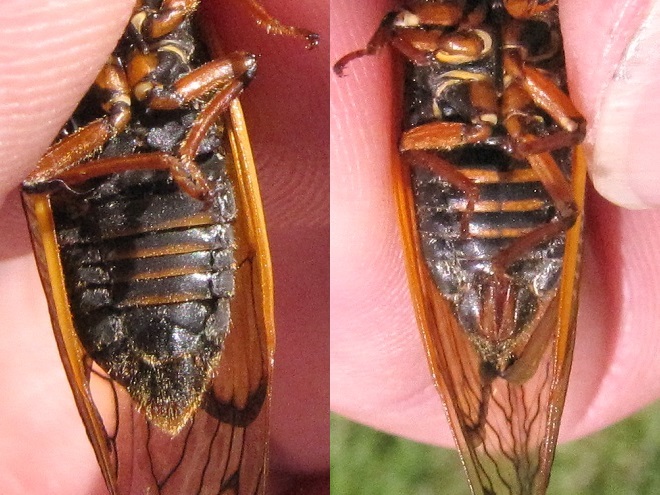
From the Conewago Hills we moved northwest into the section of southern Cumberland County known as South Mountain. Here, Pharaoh Periodical Cicadas were widespread in ridgetop forests along the Appalachian Trail, particularly in the area extending from Long Mountain in the east through Mount Holly to forests south of King’s Gap Environmental Education Center in the west.

While on South Mountain, we opted for a side trip into the neighboring Potomac watershed of Frederick County, Maryland, where these hills ascend to greater altitude and are known as the Blue Ridge Mountains, a name that sticks with them all the way through Shenandoah National Park, the Great Smoky Mountains, and to their southern terminus in northwestern Georgia. We found a fragmented emergence of Pharaoh Periodical Cicadas atop the Catoctin Mountain section of the Blue Ridge just above the remains of Catoctin Furnace, again on lands that had been timbered to make charcoal to fuel iron production prior to their protection as vast expanses of forest.


Back in Pennsylvania, we’re on our way to the watersheds of the northernmost tributaries of the lower Susquehanna’s largest tributary, the Juniata River. There, we found Brood XIV cicadas more widespread and in larger numbers than occurred at previous sites. Both Pharaoh and Cassin’s Periodical Cicadas were seen and heard along Jack’s Mountain and the Kishacoquillas Creek north of Lewistown/Burnham in Mifflin County. To the north of the Kishacoquillas Valley and Stone Mountain in northernmost Huntingdon County, the choruses of the two species were again widespread, particularly along the forest edges in Greenwood Furnace State Park, Rothrock State Forest, and adjacent areas of the Standing Stone Creek watershed.





Within the last 48 hours, we visited one last location in the Lower Susquehanna River Watershed where Brood XIV Periodical Cicadas have emerged during 2025. In the anthracite coal country of Northumberland County, a flight of Pharaoh Periodical Cicadas is nearing its end. We found them to be quite abundant in forested areas of Zerbe Run between Big and Little Mountains around Trevorton and on the wooded slopes of Mahanoy Mountain south of nearby Shamokin. Line Mountain south of Gowen City had a substantial emergence as well.





To chart our travels, we’ve put together this map plotting the occurrence of significant flights of Periodical Cicadas during the 2025 emergence. Unlike the more densely distributed Brood X cicadas of 2021, the range of Brood XIV insects is noticeably fragmented, even in areas that are forested. We found it interesting how frequently we found Brood XIV cicadas on lands used as sources of lumber to make charcoal for fueling nineteenth-century iron furnace operations.

Well, that’s a wrap. Please don’t forget to check out our new Cicadas page by clicking the “Cicadas” tab at the top of this page. Soon after the Periodical Cicadas are gone, the annual cicadas will be emerging and our page can help you identify the five species found regularly in the lower Susquehanna valley. ‘Til next time, keep buzzing!
Just in time for the Flag Day/Father’s Day weekend, the Jordanella floridae we raise here at susquehannawildlife.net headquarters to help control hair algae in our planted aquaria are beginning to spawn.

In the wild, Jordanella floridae inhabits a variety of vegetated tropical wetlands and backwaters on the Florida peninsula. The species was first described there on Lake Munroe in 1879 by George Brown Goode and Tarleton Hoffman Bean, both of whom spent time working for the Smithsonian National Museum and the United States Fish Commission, the latter a forerunner of the U. S. Fish and Wildlife Service. Goode and Bean collaborated frequently, chronicling the occurrence of freshwater species like J. floridae as well as marine ichthyofauna. In 1896, the duo published Oceanic Ichthyology, an extensive study of pelagic and deep-sea fishes. Each experienced a prestigious career and has had numerous fish species named after him.









One of the earliest non-native fish species to be widely released into North American waterways was the Common Carp. Stocks brought to the United States were likely sourced from populations already naturalized throughout much of western Europe after introductions originating from the fish’s native range in Eurasia, probably including the Danube and other watersheds east through the Volga. In western Europe, the species promised to be an abundant and easily cultivated food source. Under the same premise, carp were transported to the United States during the early 1800s and widely introduced into streams, lakes, and rivers throughout the country.
Common Carp thrive in nutrient-rich waters, particularly those subjected to sewage discharge and agricultural runoff, conditions which were already prevalent during the Common Carp’s initial introduction and have remained widespread ever since. Within these polluted streams, lakes, and ponds, introduced carp feed aggressively on benthic organisms and plants, stirring up decaying organic matter (mulm) from the substrate. This process raises turbidity in the water column and releases excessive amounts of the nutrient phosphorus resulting in unusually large algal blooms. Algal blooms can block sunlight from the longer-lived oxygen-producing vascular plants that grow in submerged environs. Growing beneath a dense cloud or blanket of algae can compromise the vigor of oxygen-producing vascular plants and disable their biochemical functions within the aquatic ecosystem. As the short-lived algae die, the bacteria that decay them begin to place increased oxygen demands on the water. With less oxygen being produced by both the vascular plants and the algae, and with oxygen consumption increased by the activity of decomposers, conditions can become fatal for fish and other organisms. This process is known as eutrophication. Because Common Carp are among the species most tolerant of eutrophic conditions, they tend to thrive in the conditions they create while the native fishes perish.
Common Carp spawn in the spring, usually from late April through June, when the water temperature is as low as 58 degrees and as high as 83 degrees Fahrenheit. This activity is often triggered by a rapid increase in water temperature. In a small lake, this may be brought on by a string of sunny days in late April or May. On larger streams and rivers, the temperature spike that initiates the spawn may not occur until warm rains and runoff enter the stream during June.





Common Carp are one of the most widely farmed and eaten fish in all the world. Here in the United States, they were introduced beginning two hundred years ago because they were favorable to the palate, grew to large size quickly, and were a source of much needed food. Today, the Common Carp is seldom found on the American dinner plate. Yet, pound for pound, it is one of the most abundant fish in many of our waters, particularly in man-made lakes. Like some of our other most invasive species—including Blue Catfish, Flathead Catfish, and Northern Snakehead—Common Carp are perhaps the most edible of our freshwater fishes. For many cultures, they are an important staple. For others, they are a delicacy or holiday treat. In America, they do horrendous damage to aquatic ecosystems following establishment as a food crop that almost never gets harvested. Did you realize that on the internet, there are literally hundreds of recipes and culinary videos available to show you how to prepare delicious dishes made with Common Carp? It’s true. And for the cost of a fishing license, you can catch all you want, usually several pounds at a time. So why not give the marine fisheries a break? Take the big leap and learn to eat invasive freshwater species instead.

With temperatures finally climbing to seasonable levels and with stormy sun filtering through the yellow-brown smoke coming our way courtesy of wildfires in Alberta and other parts of central Canada, we ventured out to see what might be basking in our local star’s refracted rays…












Here at susquehannawildlife.net headquarters, we really enjoy looking back in time at old black-and-white pictures. We even have an old black-and-white television that still operates quite well. But on a nice late-spring day, there’s no sense sitting around looking at that stuff when we could be outside tracking down some sightings of a few wonderful animals.










Here’s a short preview of some of the finds you can expect during an outing in the Lower Susquehanna River Watershed’s forests this week…





















Let us travel through time for just a little while to recall those sunny, late-spring days down on the farm—back when the rural landscape was a quiet, semi-secluded realm with little in the way of traffic, housing projects, or industrialized agriculture. Those among us who grew up on one of these family homesteads, or had friends who did, remember the joy of exploring the meadows, thickets, soggy springs, and woodlots they protected.

For many of us, farmland was the first place we encountered and began to understand wildlife. Vast acreage provided an abundance of space to explore. And the discovery of each new creature provided an exciting experience.

Today, high-intensity agriculture, relentless mowing, urban sprawl, and the increasing costs and demand for land have all conspired to seriously deplete habitat quality and quantity for many of the species we used to see on the local farm. Unfortunately for them, farm wildlife has largely been the victim of modern economics.
For old time’s sake, we recently passed a nostalgic afternoon at Middle Creek Wildlife Management Area examining what maintenance of traditional farm habitat has done and can do for breeding birds. Join us for a quick tour to remember how it used to be at the farm next door…


















For many animals, an adequate shelter is paramount for their successful reproduction. Here’s a sample of some of the lower Susquehanna valley’s nest builders in action…




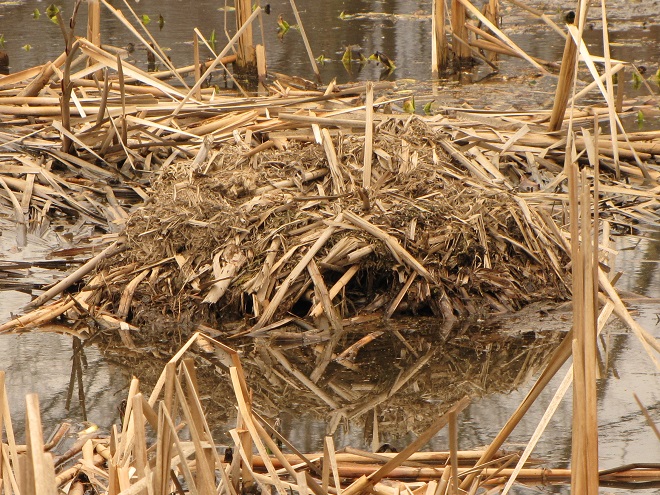















After repeatedly hearing the songs of these Neotropical migrants from among the foliage, we were finally able to get a look at them—but it required persistent effort.














Sometimes we have to count ourselves lucky if we see just one in five, ten, or even twenty of the birds we hear in the cover of the forest canopy or thicket. But that’s what makes this time of year so rewarding for the dedicated observer. The more time you spend out there, the more you’ll eventually discover. See you afield!


Neotropical birds are fairly well acquainted with repetitive periods of thundershowers. With that in mind, we decided not to waste this stormy Tuesday by remaining indoors.












We hope you enjoyed our walk in the rain as much as we did. If you venture out on a similar excursion, please remember this. The majority of the wild animals around us have busy lives, particularly at this time of year. Most don’t take a day off just because it rains—that includes ticks.

As the Flowering Dogwoods remind us, it’s time for adult sea-run shad and other fishes to ascend the Susquehanna to spawn. So yep, we’re off to Fisherman’s Park on the river’s west shoreline below Conowingo Dam in Harford County, Maryland, to check it out.



























Here’s a look at six native shrubs and trees you can find blooming along forest edges in the lower Susquehanna valley right now.







Local old timers might remember hearing folklore that equates the northward advance of the blooming of the Flowering Dogwoods with the progress of the American Shad’s spring spawning run up the river. While this is hardly a scientific proclamation, it is likely predicated on what had been some rather consistent observation prior to the construction of the lower Susquehanna’s hydroelectric dams. In fact, we’ve found it to be a useful way to remind us that it’s time for a trip to the river shoreline below Conowingo Dam to witness signs of the spring fish migration each year. We’re headed that way now and will summarize our sightings for you in days to come.

